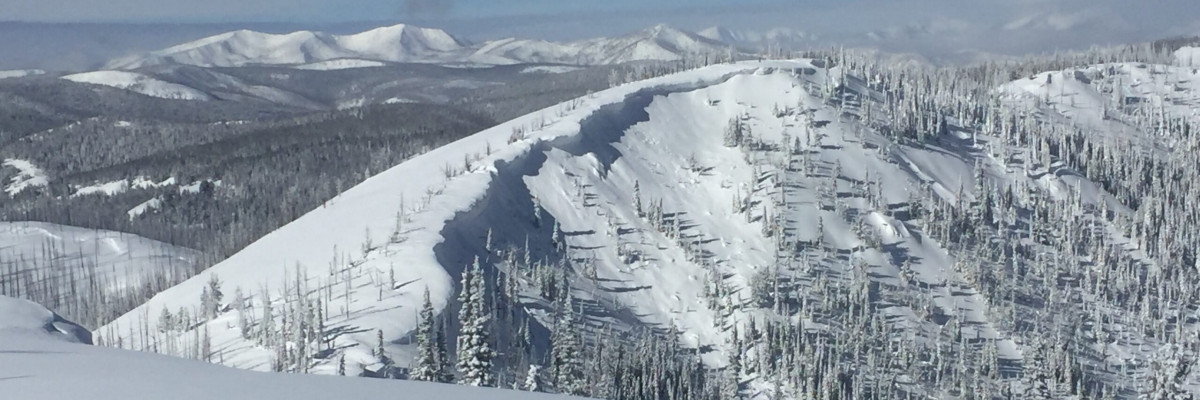The avalanche danger is CONSIDERABLE for the West Central Montana backcountry. Wind loading has created dangerous avalanche conditions in specific areas. Careful snowpack evaluation, cautious route-finding, and conservative decision-making are essential for travel in the backcountry today.
Good morning, this is Logan King with the West Central Montana Avalanche Center’s avalanche advisory for Tuesday, February 20th, 2018. This danger rating does not apply to operating ski areas, expires at midnight tonight and is the sole responsibility of the U.S. Forest Service.
Weather and Snowpack
The storm has abated and cold and clear conditions have settled into the region. Temperatures this morning range from -1 to -10 degrees, and in the North Fork of the Jocko are -22. Winds are currently 16 mph gusting to 20 mph from the WNW at Point 6. A trace to one inch of snow fell at isolated mountain locations last night.
I toured near Lost Trail Pass yesterday. Conditions were calm and clear. The storm slab continued to gain strength, and the wind slabs were the most prominent concern yesterday.
Large avalanches are likely in terrain that has been wind loaded and cross loaded. Avoid areas that show signs of wind loading like rounded pillows of snow or cracking/collapsing. Wind slabs continue to propagate in stability tests and have the potential to be pretty big, some of the propagations of late are up to three feet deep. Avoid traveling on or under wind loaded terrain.
There is a lot of dry surface snow that will make loose dry avalanches likely. These avalanches will be small but can be dangerous if there are terrain traps that increase consequences of getting caught. Evaluate not just the likelihood of the snow to move but the consequences before committing to steeper terrain.
The storm slab continues to gain strength but is variable in size and reactivity across the region. Carefully assess if the snow has bonded before traveling in avalanche terrain. The storm slabs have settled in many locations but there are isolated areas where a little more time is required before the new snow has fully settled.
Avalanche and Weather Outlook
A stable weather pattern looks to set up for the next few day, and cold temperatures will persist through the work week. The stable forecast will lead to continued decreasing avalanche danger.
The next advisory will be issued on Thursday, Ski and ride safe.














